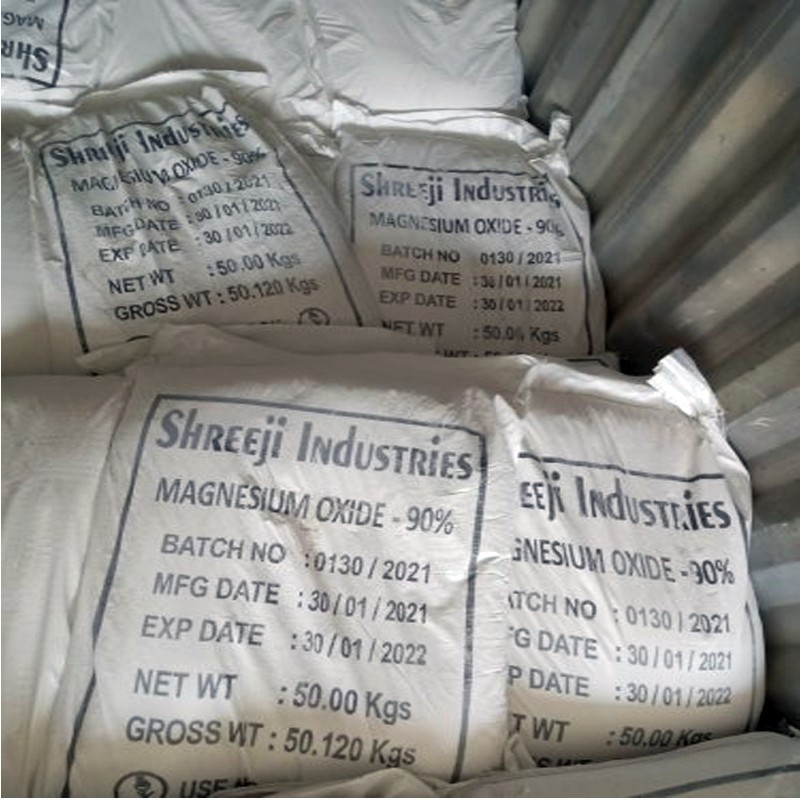
Price :
৳2599.55
Estimated Shipping Time: 3 Days
Product SKU: 3PD7875iBz
Water Treatment: Magnesium oxide powder is utilized in water treatment processes, especially for adjusting pH levels and precipitating heavy metals.
Catalysis: It serves as a catalyst or catalyst support in various chemical reactions due to its high surface area and basic properties.
Insulation: In electrical insulation applications, magnesium oxide powder is incorporated into materials to enhance their dielectric properties.
Fire Retardants: It's employed as a fire retardant additive in plastics, rubber, and construction materials to improve their fire resistance.
Chemical Synthesis: Magnesium oxide powder is used as a reactant or catalyst in various chemical synthesis processes.
Fine Particle Size
Heat Resistance
Catalytic Properties
Absorbent Properties
Insulating Properties
Cost-Effective
No Review Found.
| Quantity | Discount |
|---|---|
| 10+ | 1% Off |
Login To Comment